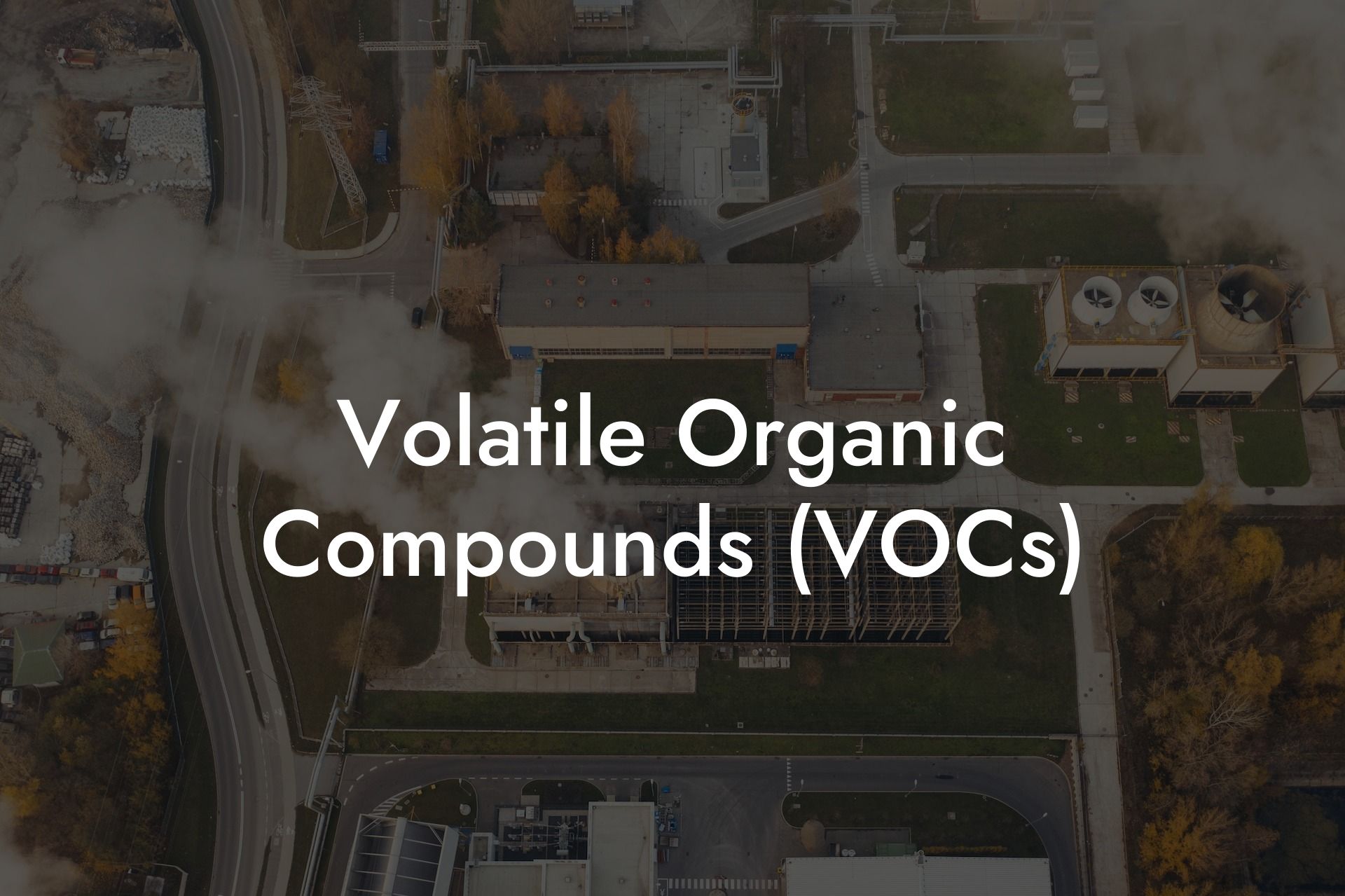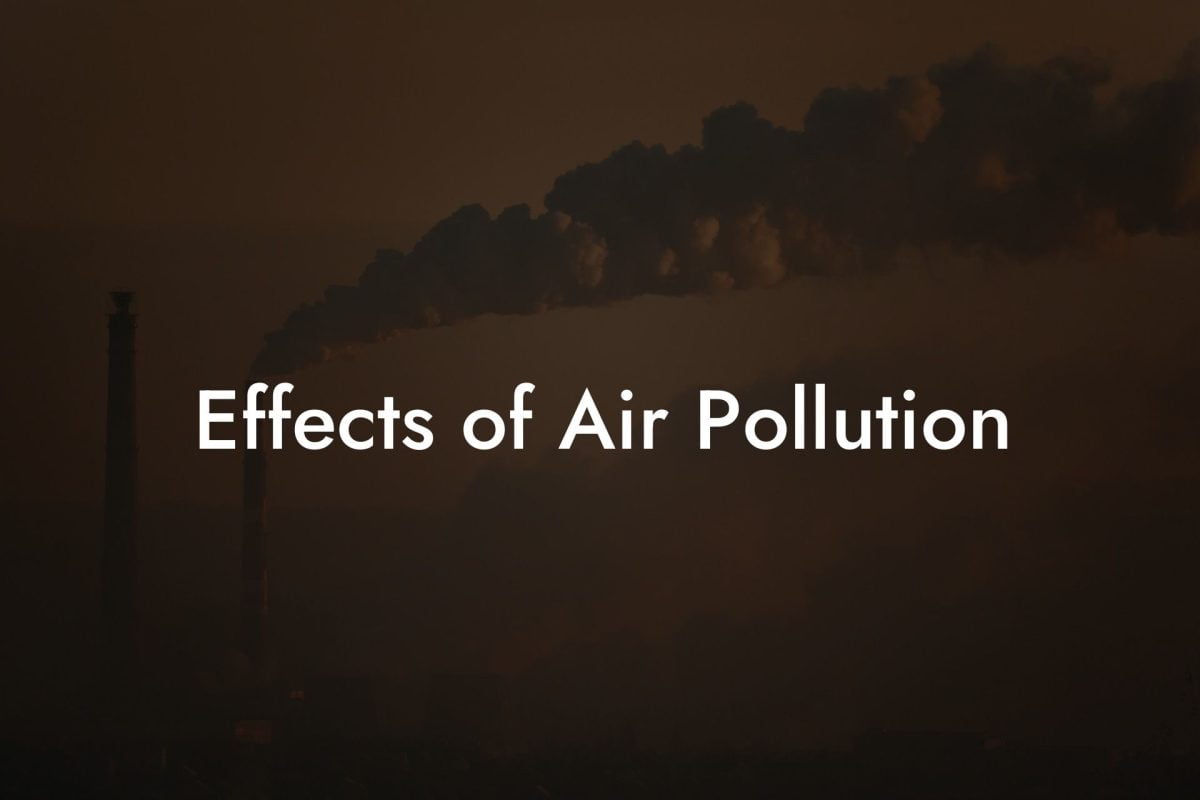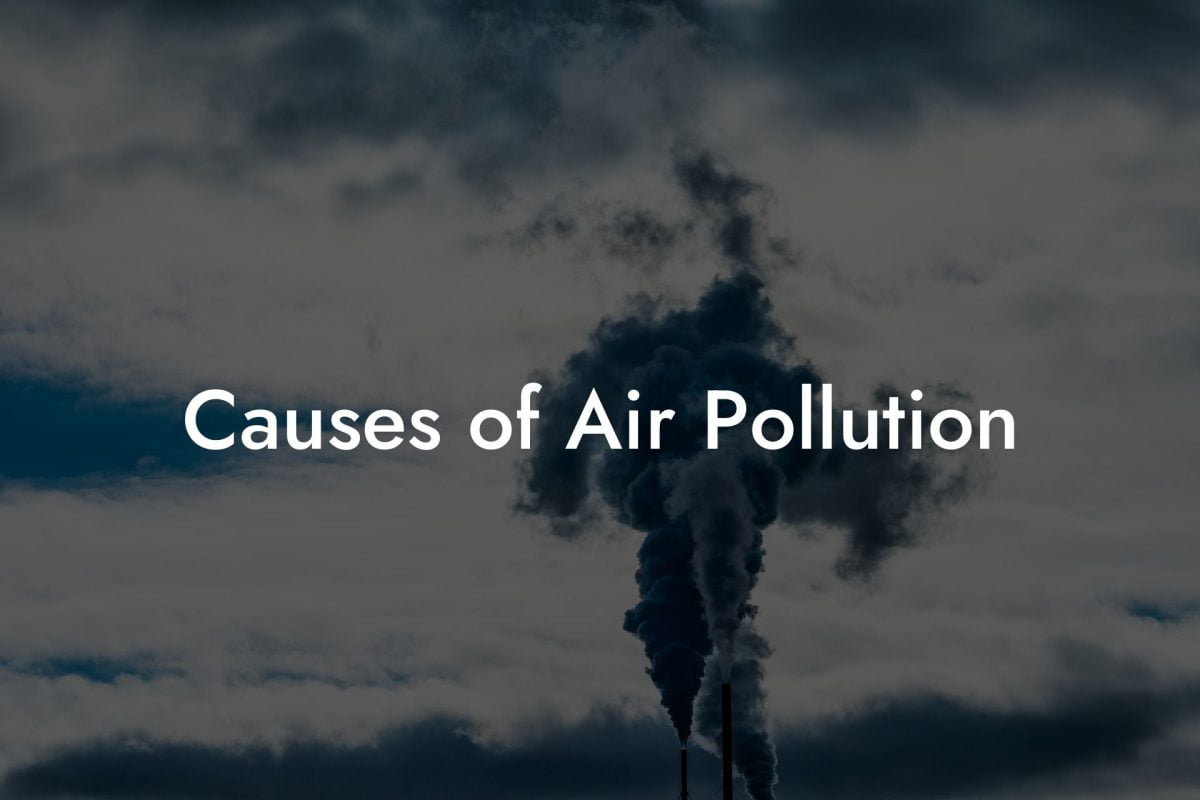Introduction to Volatile Organic Compounds
Volatile Organic Compounds (VOCs) are a group of chemicals that vaporize easily at room temperature and have significant impacts on air quality and health. They are omnipresent in both indoor and outdoor environments.
What are VOCs?
VOCs are organic chemicals with a high vapor pressure at ordinary room temperature. They are emitted from certain solids and liquids, varying greatly in their chemical compositions.
Common Sources of VOCs
Household Products
Everyday products like paints, varnishes, wax, and many cleaning, disinfecting, cosmetic, degreasing, and hobby products.
Industrial and Vehicle Emissions
Factories and motor vehicles are also major sources, releasing VOCs during combustion and manufacturing processes.
Natural Sources
VOCs are not just man-made; they are also emitted by a variety of plants and trees.
Health Effects of VOC Exposure
Short-term Exposure
Exposure to high levels of VOCs can cause eye, nose, and throat irritation, headaches, nausea, and can exacerbate asthma symptoms.
Long-term Exposure
Chronic exposure can lead to liver, kidney, or central nervous system damage, and some VOCs are suspected or known to cause cancer in humans.
Sensitive Groups
People with respiratory illnesses, children, and the elderly may be more susceptible to the effects of VOCs.
VOCs and Indoor Air Quality
The Indoor Problem
Indoor levels of VOCs can be up to ten times higher than outdoors, particularly in newly built or renovated buildings due to off-gassing from new materials.
Ventilation, choosing low-VOC products, and using air purifiers can help reduce indoor VOC levels.
Environmental Impacts of VOCs
Smog Formation
VOCs react with nitrogen oxides in the presence of sunlight to form ground-level ozone, a key component of smog.
Damage to Ecosystems
Smog can harm ecosystems, reduce biodiversity, and damage sensitive crops and forests.
Monitoring and Regulation
There are various regulations and standards in place aimed at controlling VOC emissions, especially for indoor environments and industrial emissions.
The Role of Monitoring
Continuous monitoring of VOC levels is crucial for assessing environmental and health risks.
Reducing VOC Emissions
Policy and Regulations
Stricter regulations on industrial emissions and product labeling help reduce VOC emissions.
Consumer Choices
Choosing low-VOC products and proper disposal of VOC-containing materials are practical steps individuals can take.
UK Air Pollution: Your VOC Resource
Comprehensive VOC Database
UK Air Pollution offers an extensive database on VOC levels across all UK locations and postcodes. It is an invaluable resource for anyone needing detailed information on VOCs.
Why UK Air Pollution?
Our platform provides a professional, engaging, and informative approach to air pollution data. Whether for research, policy-making, or personal health, UK Air Pollution is your go-to source for VOC information.
Enhance Your Knowledge and Projects
Rely on UK Air Pollution for comprehensive insights into VOCs. Our database supports research projects, product development, and service implementations, contributing to better air quality management.
Frequently Asked Questions
What Are Volatile Organic Compounds (VOCs)?
Volatile Organic Compounds are a large group of chemicals that are found in many everyday products. VOCs are known for their high vapor pressure at room temperature, which causes them to evaporate or "off-gas" into the air.
How Are VOCs Released into the Environment?
VOCs are released into the environment both through human-made and natural processes. Common sources include paints, varnishes, gasoline, solvents, and cleaning agents. They are also released by plants and through volcanic activity.
Why Are VOCs a Concern?
VOCs are a concern because they can contribute to indoor and outdoor air pollution. They react with other substances in the air to produce ozone and particulate matter, both of which are harmful to human health.
What Are Common Sources of VOCs in Homes?
Common household sources include paint, varnish, wax, cleaning supplies, disinfectants, air fresheners, and upholstered furniture. Electronic devices, building materials, and cosmetics can also emit VOCs.
How Do VOCs Affect Indoor Air Quality?
VOCs can significantly degrade indoor air quality. Since many VOCs are used in building materials and home products, they can accumulate in indoor environments, leading to health risks.
What Health Effects Can Be Caused by VOC Exposure?
Exposure to VOCs can cause a variety of health issues ranging from throat, eye, and nose irritation to more severe effects like headaches, nausea, and damage to the liver, kidney, and central nervous system.
Are Some People More Sensitive to VOCs Than Others?
Yes, individuals with respiratory issues, allergies, or chemical sensitivities, as well as children and the elderly, may be more sensitive to VOCs and experience effects at lower levels.
Can VOCs Cause Long-Term Health Effects?
Chronic exposure to high levels of certain VOCs can lead to more serious health problems like liver and kidney damage, central nervous system disorders, and even cancer in some cases.
How Can You Reduce Exposure to VOCs at Home?
To reduce exposure, use low-VOC or VOC-free paints and building materials, ensure good ventilation when using products that emit VOCs, and store chemical products in well-ventilated areas or outside the home.
What Are "Low-VOC" and "No-VOC" Products?
"Low-VOC" and "
No-VOC" products are those that have reduced or minimal levels of volatile organic compounds. These products are designed to be more environmentally friendly and less harmful to health compared to their traditional counterparts.
How Do VOCs Contribute to Outdoor Air Pollution?
VOCs react with nitrogen oxides in the presence of sunlight to form ground-level ozone, a key component of smog. They also contribute to the formation of particulate matter, another significant air pollutant.
Can VOCs Be Found in Office Environments?
Yes, VOCs can be present in office environments due to building materials, office equipment like copiers and printers, cleaning supplies, and even air fresheners.
How Are VOC Levels Measured?
VOC levels are typically measured using specialized air quality monitoring equipment. These devices can detect a wide range of VOCs and provide readings in parts per million (ppm) or parts per billion (ppb).
Is Ventilation Effective in Reducing VOC Levels?
Proper ventilation is very effective in reducing indoor VOC levels. Increasing the flow of outdoor air into a building helps to dilute VOCs and carry indoor air pollutants outside.
What Is the Impact of VOCs on Children and Pets?
Children and pets are more susceptible to the effects of VOCs due to their smaller body size and developing organs. Exposure can lead to respiratory problems, allergies, and other health issues.
How Do Plants Affect Indoor VOC Levels?
Some houseplants can absorb VOCs and improve indoor air quality. Plants like spider plants, peace lilies, and Boston ferns are known for their air-purifying qualities.
Can VOCs Be Completely Eliminated from Indoor Environments?
While it's challenging to completely eliminate VOCs from indoor environments, their levels can be significantly reduced through careful product selection, adequate ventilation, and regular maintenance of HVAC systems.
How Do Temperature and Humidity Affect VOC Emissions?
Higher temperatures and humidity levels can increase the rate at which VOCs are released from products. Therefore, maintaining moderate temperature and humidity levels can help reduce VOC emissions.
Are VOCs Regulated by Environmental Agencies?
Yes, environmental agencies in many countries regulate VOCs in certain products and industrial emissions. These regulations aim to protect air quality and public health.
What Role Do VOCs Play in the Formation of Atmospheric Particles?
VOCs can react in the atmosphere to form secondary organic aerosols, which are a type of particulate matter. These particles contribute to air pollution and can have health and environmental impacts.
Can VOCs Affect the Flavor and Odor of Food?
VOCs can affect the flavor and odor of food, especially in poorly ventilated kitchens or storage areas. Certain VOCs are known for their strong odors and can contaminate food if not properly managed.














